Description
The Yellowtail snapper is marketed as both fresh and frozen for human consumption.
The yellowtail snapper is a sport fish, caught mainly on light tackle. It also appears in commercial catches made using seines and trawls. Its edibility is fair to good and is marketed fresh in the Bahamas.
This snapper is a popular food fish, composing a major portion of commercial around the globe. Shrimp trawlers account for a large portion of the total fishing mortality on this snapper, as juveniles occur over soft bottom areas containing high shrimp populations. This species is also the focus of a number of commercial aquaculture operations.
In certain reefs, most notably in the Florida Keys, this beautifully colored fish is commonly spotted among divers and snorkelers.
Size Facts
An adult yellowtail snapper may reach a maximum length of 30 inches. This fish rarely exceeds weights of 5 pounds. Sexual maturity is attained at lengths of 10-12 inches and life expectancy is 6-14 years.
- Maturity: 24.4 Lm Range 1.96 in – 12.20 in
- Max length: 33.79 inches
- Common length: 15.72 inches
- Max. published weight: 8.8 lbs
- Max. reported age: 14 years
The Yellowtail Snapper is also known in Brazil as Guaiúba.
Where can Yellowtail Snapper be found?
The yellowtail snapper (Ocyurus chrysurus) is an abundant species of snapper native to the western Atlantic Ocean including the Gulf of Mexico and the Caribbean Sea. Although they have been found as far north as Massachusetts, their normal range is along Florida south to the West Indies and Brazil. This species is mostly found around coral reefs, but may be found in other habitats. They occur at depths of from near the surface to 180 meters (590 ft), though mostly between 10 and 70 m (33 and 230 ft). This species can reach a length of 86.3 cm (34.0 in), though most do not exceed 40 cm (16 in).[2] The greatest weight recorded for this species is 4.98 kg (11.0 lb).[3] Yellowtail snapper is a commercially important species and has been farmed. It is sought as a game fish by recreational anglers and is a popular species for display in public aquaria. This species is the only known member of its genus.
In the western Atlantic Ocean Yellowtail snapper are commonly found from Massachusetts to Bermuda and southward to southeastern Brazil, including the Gulf of Mexico and Caribbean Sea. It is abundant in the Bahamas, off south Florida and in the Caribbean Sea.
Adult yellowtail snappers live over sandy areas near deep reefs at depths of 32-230 feet, while small adults tend to congregate over hard bottom habitats. Once established, adult yellowtail snapper tend to remain in the same area for long periods of time. This snapper is usually seen well above the substrate, swimming about in small groups. Juveniles reside inshore in seagrass bed nursery areas that offer protection from predation while they mature.
How does Yellowtail snapper look like?
The Yellowtail Snapper has a bluish olive back with yellow spots. The lower sides and belly are silver with yellow-pink stripes. A wide horizontal yellow stripe begins at the mouth and continues to the tail. The tail is yellow and deeply forked.
In comparison with most other snapper species the head and mouth of the yellowtail snapper are small. The pectoral fins are long, reaching the anus. An unusual characteristic among snappers in our area, the caudal fin of this species is deeply forked with the upper lobe longer than the lower one.
The yellowtail snapper has an olive to bluish back and upper sides with yellow spots. The lower sides and belly have alternating narrow, longitudinal pink and yellow stripes. Perhaps most conspicuously, a prominent midlateral yellow stripe begins at the mouth and continues to the caudal fin base, becoming broader as it passes the dorsal fins. The caudal fin is yellow while the anal and pelvic fins are whitish in color. Unlike a number of other snapper species, the yellowtail snapper never possesses a dark lateral spot.
How do Yellowtail snappers behave?
Adult yellowtail snappers are nocturnal predators. They feed on benthic organisms including crabs, shrimp, cephalopods, worms, and fish. Juveniles, living primarily among seagrasses, feed on plankton.
Spawning occurs year round, peaking at different times in different locations, with an overall activity decline in the winter months. Spawning yellowtail snapper form offshore aggregations. The spherical eggs are released into open waters and contain an oil droplet, which provides buoyancy in their pelagic environment. The eggs hatch within 24 hours, producing sparsely pigmented larvae. Although little is known about lutjanid larvae, they are planktonic at lengths less than 10mm. They eventually settle out of the plankton, onto suitable substrate that offers some protection from predators.
Health benefits
Yellowtail snappers are high in omega-3omega-3Omega−3 fatty acids, also called Omega-3 oils, ω−3 fatty acids or n−3 fatty acids, are polyunsaturated fatty acids (PUFAs) characterized by the presence of a double bond, three atoms away from the terminal methyl group in their chemical structure.
Yellowtail snapper is another pregnancy-safe snapper but still should be limited to consuming once a week due to the moderate amount of mercury.
Taste profile
The yellowtail snapper has a milder flavor than the red snapper and they can’t be cooked as long as they have less oil content.
Some consider yellowtail snapper the best eating snapper because of the light, flaky meat. When buying whole yellowtail snapper look for shiny skin with scales in tact, a deep red or pink gill color, and shiny belly.
Similar to red snapper, yellowtail snapper filet has a mild flavor and firm flesh. It also has a flavor similar to swordfish and grouper, making it a more economical choice for many culinary chefs. Due to these flavor and economic characteristics, yellowtail snapper filet is highly-prized by countless South Floridians.
Yellowtail snapper videos
Yellowtail snapper – Nutritional facts
- Serving size: 3oz
- Calories: 99 kcal
- Protein: 20 g
- Total Fat: 1.8 g
- Omega 3: 0.30 g
- Sodium: 60 mg
- Carbohydrates: 0 g
- Cholesterol: 37 mg

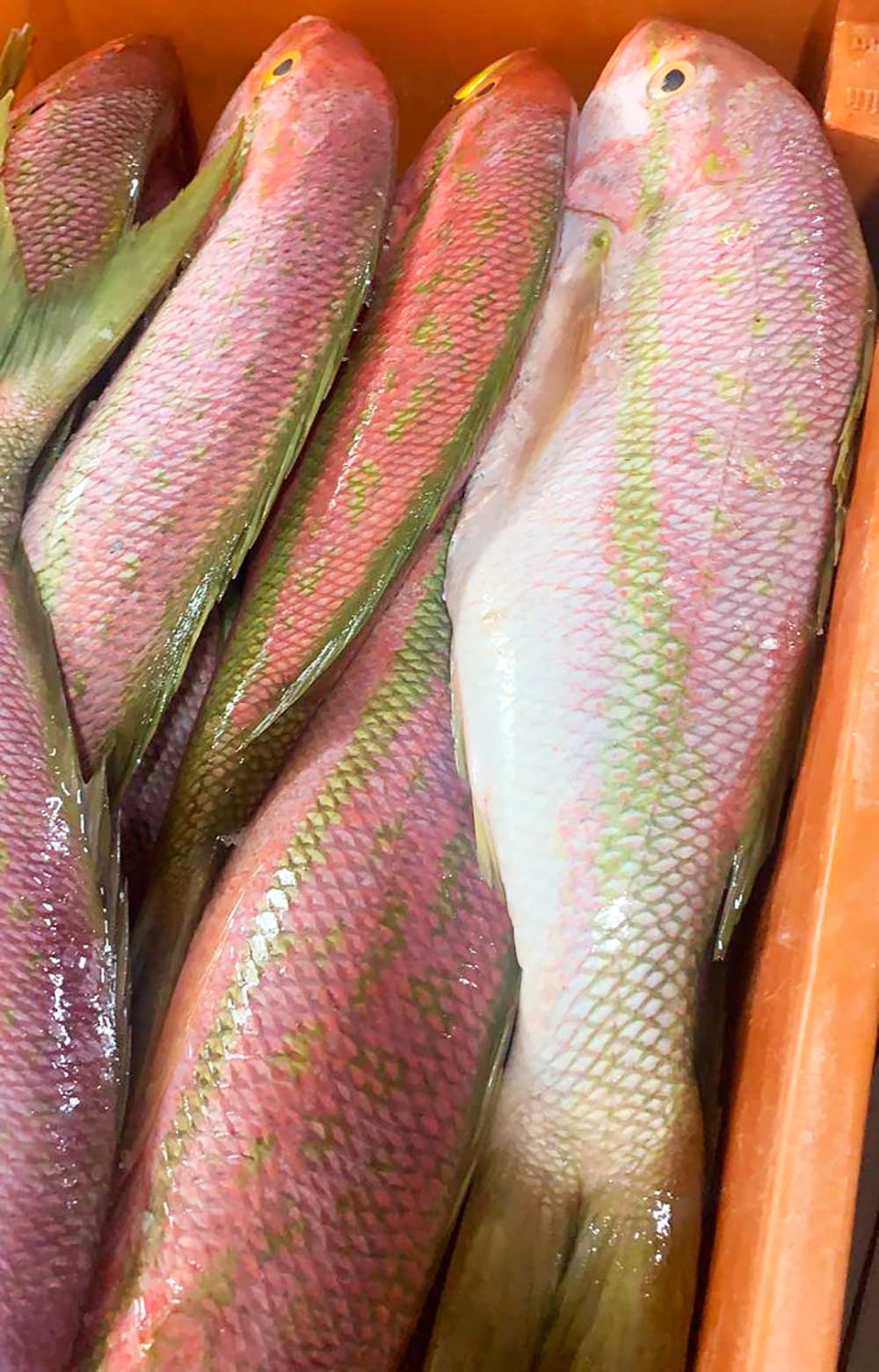
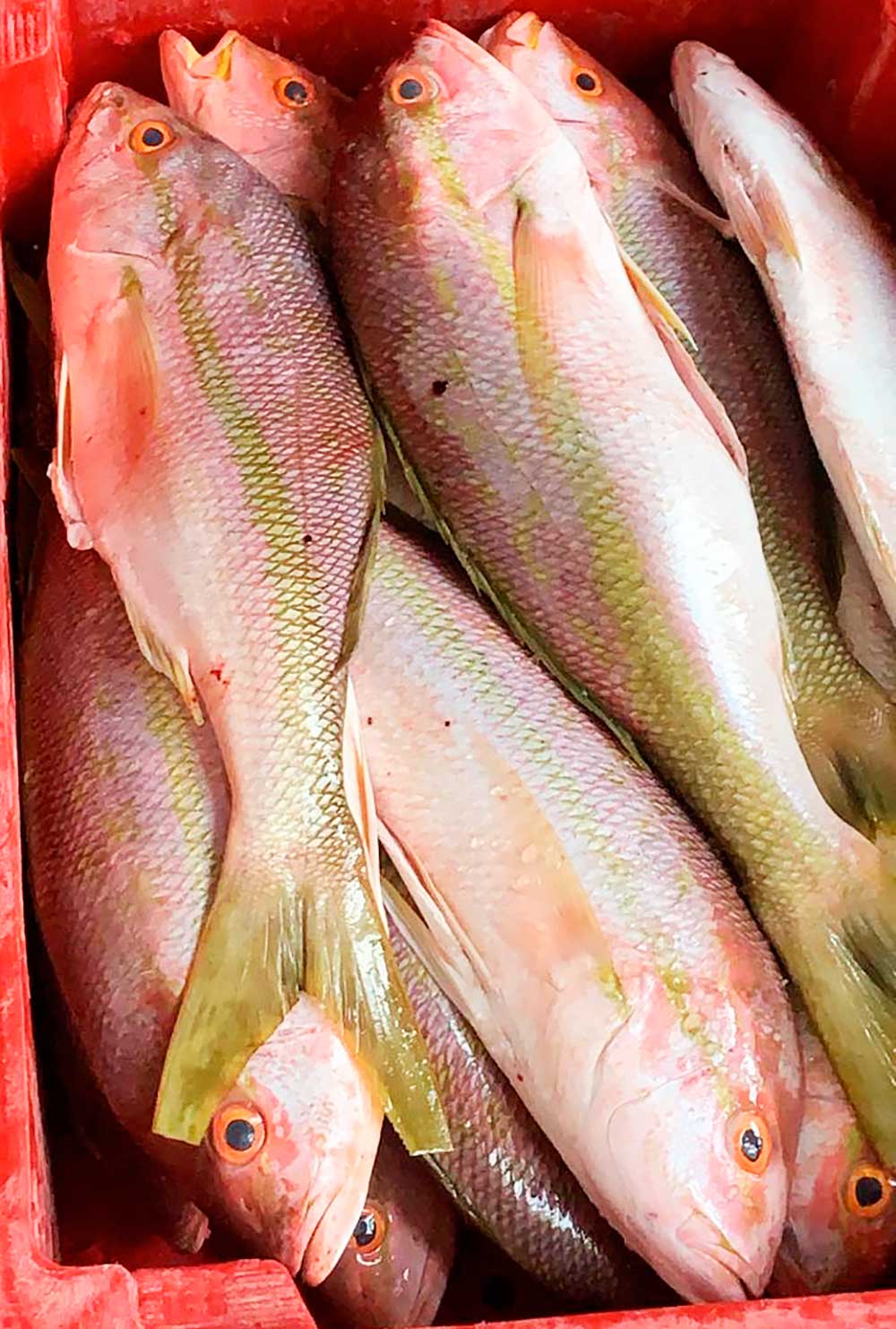

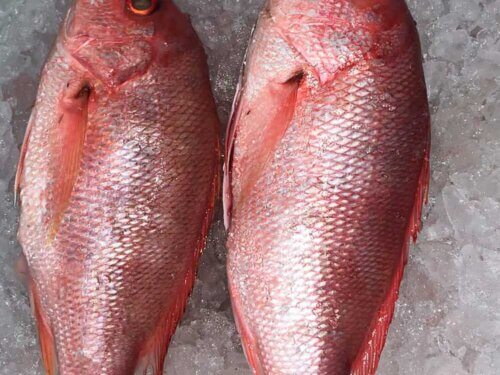
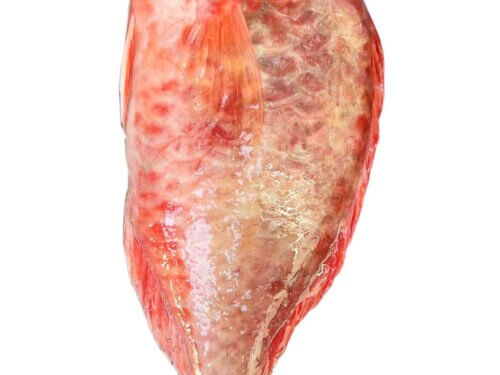
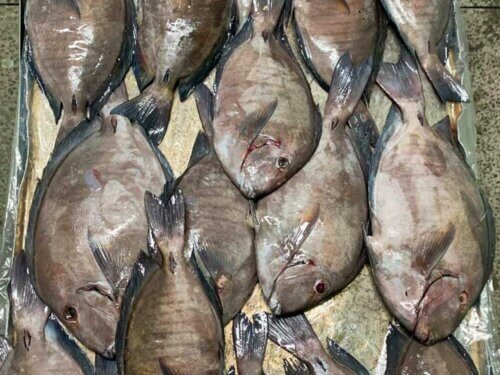
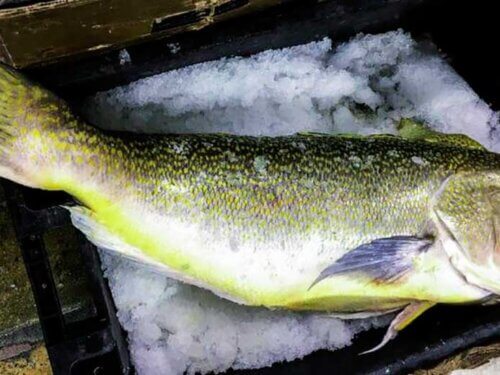
Reviews
There are no reviews yet.